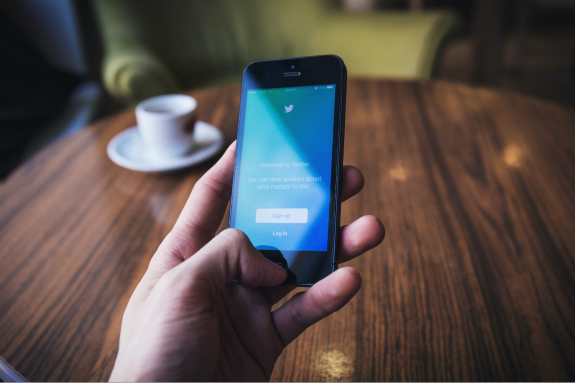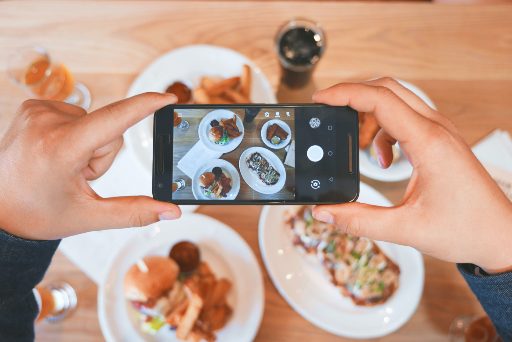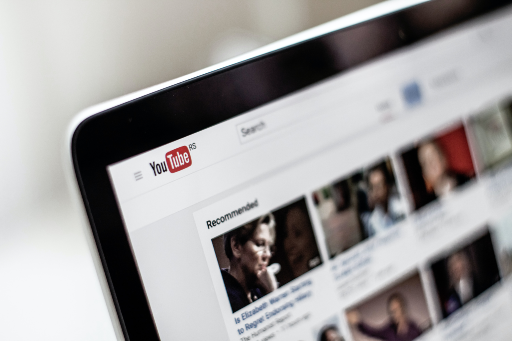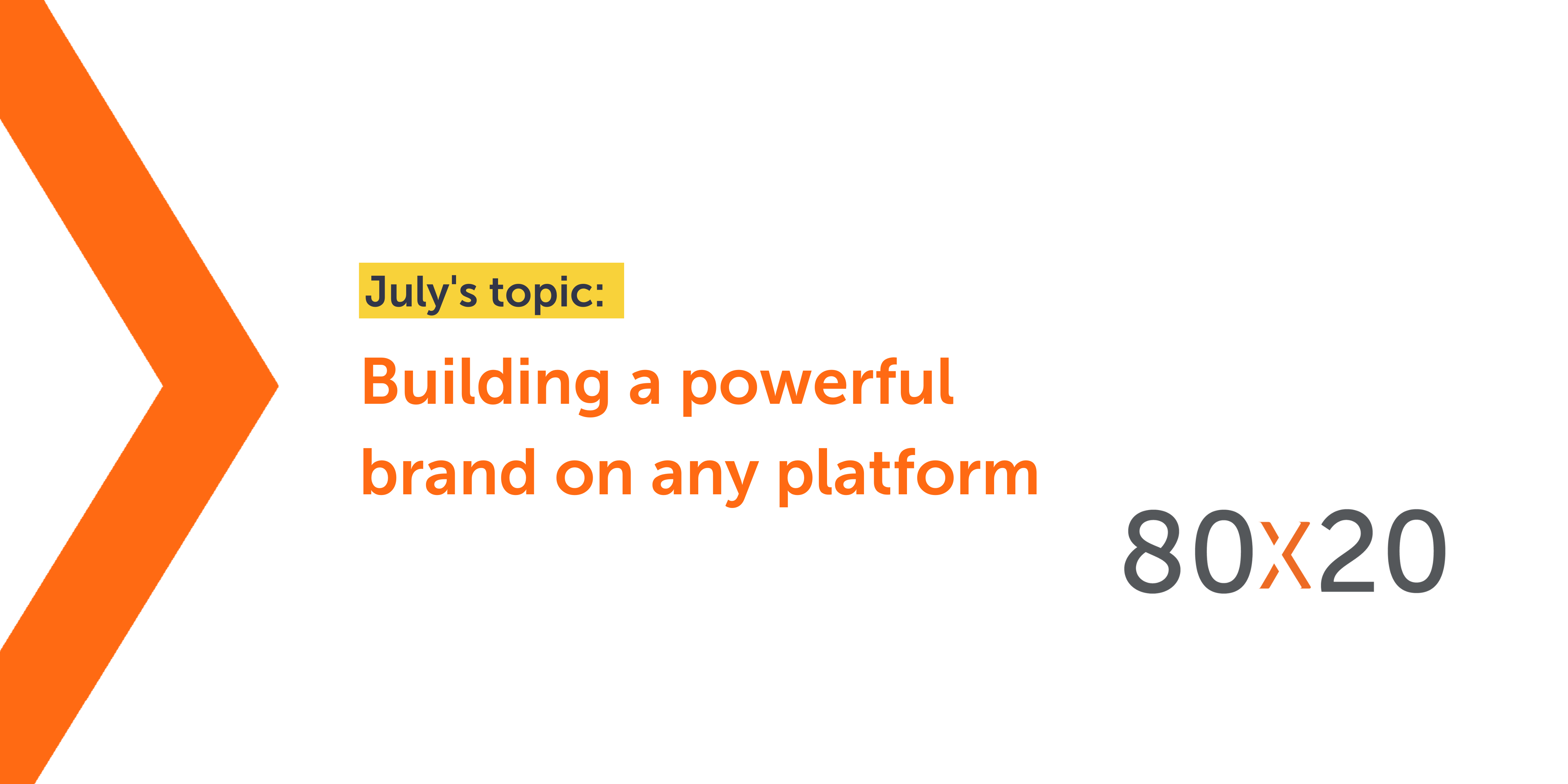So, Bebo’s making a return and the new platform, Clubhouse is spreading like wildfire. I don’t know about you, but I’ve only just about caught up with the likes of TikTok, not to mention how frequently these apps decide to update their algorithms.
It’s quite easy to feel overwhelmed by the number of social media platforms out there and trying to get your head around each one. This is why knowing your audience will help determine which social media platforms you should be using and their order of priority.
To help you overcome feeling overwhelmed, we have created an overview of each platform, their specific use, who their audience is, and what it’s good for. You can thank us later.
Facebook, it’s one of the longest standing social networks. It allows you to reach and engage with your audience without the spend (unless you’re looking to invest in paid ads).
When using it for business purposes, here are a few features you should be aware of:
- Facebook Shops- If you have a product to sell, this is a great feature. You can set this up directly through your business page and it will allow you to start selling straight away.
- The Ads Centre- Here you can run specific campaigns through the use of paid advertising. Paid advertising allows you to select your goal and create a target audience that will see the ad. You can adjust your budget to suit the forecasted ROI (Return On Investment), but don’t forget to start by warming the audience up. Many of these may not have heard of your brand before, so don’t go straight in for the kill. Advertising on social media takes a lot of planning and time so don’t be afraid to seek expert help.
- The Business App Store- Using this feature will help to create a better experience for your customer. For example, a hair salon might use an appointment setting app.
- Send out job advertisements- Advertise and monitor any available vacancies you have through your business page.
- Insights- Monitor your posts’ performance and make any amendments to future posts from the analysis.
- Groups- This is different to a business page. Groups bring people together based on shared interests and they’re an extremely powerful way of building connections.
- Live Streaming- This is a great new way to reach out to your audience and provide extra value more engagingly, especially given the new circumstances.
- Communities – This is an additional tab on the page offering you a direct line with your customers and/or audience. Here is where your UGC (User Generated Content) can be formed.
The Audience:
- The largest age group using Facebook in the UK is aged 25 to 34 years old, with 11.2 million users
- Since 2012, users aged 18 – 24 have declined from 24% to 16% in 2020
- Users aged 65+ have increased from 4% in 2019 to 9% in 2020
What it’s good for:
Facebook is great for the Shoppable feature, making the buying process easier than ever before. It’s also great for live streaming. Facebook, unlike LinkedIn, will allow you to go live regardless of how many followers you have. This is a great feature for start-up businesses that want to engage with their audience on a deeper level.

Twitter is a micro-blogging platform that allows users to post short updates limited to 280 characters. The most successful users don’t just ‘tweet’, but use the platform to engage with other users. When operating a business account, you can use it to engage with audiences within your sector, by encouraging discussions or requesting feedback from your customers.
Here are a few features your business should be aware of:
- Twitter Polls- Use the poll feature to gain a better understanding of your audience, or just for a bit of fun. This is a great way to encourage more engagement from your followers.
- GIFs- Twitter has a GIF library which proves that this is a less formal platform for your business. Be relevant, have fun and make it relevant to your audience.
- Twitter Lists- This is a curated group of Twitter accounts. You can create your own lists or follow others. Viewing a list timeline will show you a stream of tweets from only the accounts in that list.
- Twitter Topics- Topics help you join conversations on Twitter.
- Twitter Newsletters- This is a new feature allowing businesses to promote newsletters using the Revue platform for free.
- Twitter Analytics- Use this to monitor how well your tweets are performing.
- Twitter Ads- Twitter allows you to run paid ads where you can specifically select the audience you want to target – often this leads to a greater reach.
- Spaces – this is a place to come together, built around the voices of the people using your Twitter community. Spaces are live for as long as they’re open; once ended, they will no longer be available publicly on Twitter.
What it’s good for:
Twitter is great for building your brand personality. You can be more human on this platform and show a humorous side to the brand. Spaces and Newsletters are new features but they show promise for helping brands engage with their audience.
Twitter’s audience:
63% of Twitter’s audience are between 35 and 65 years old – keep this in mind when analysing your audience.

LinkedIn is the world’s largest professional network on the internet. Businesses can use the platform to grow their network and brand presence.
Here are a few features you should be aware of:
- LinkedIn Analytics – Here you can monitor the progress of your page and posts.
- Events – You can now set up events through LinkedIn which your followers will be able to find on your page and sign up to.
- Upload different media- LinkedIn allows you to upload documents, videos, images and polls to experiment engaging with your audience in new ways.
- Notify employees of any posts going out on your page – this will help with employee advocacy.
- Post a free job advertisement.
- Create a Showcase Page – Showcase Pages are extensions of your LinkedIn page, designed to spotlight individual brands, business units and initiatives.
- LinkedIn Live allows you to build deeper connections and drive more engagement with the world’s largest professional community. Live videos get, on average, 7x more reactions and 24x more comments than native video produced by the same broadcasters.
What it’s good for:
LinkedIn allows you to connect with your audience on a professional level as well as allowing you to build your network. It also offers quality leads as 4 out of 5 members on the platform are in charge of making business decisions. Compared to the average web audience, LinkedIn users have 2x more buying power.
LinkedIn Audience:
The largest LinkedIn audience age ranges between 25 – 34 at 60%. The 18 to 24 age group follows at 21%.

Instagram is a simple and economical way to put your brand out there for the world to see. Even though it takes time to develop a huge following, once you do, the benefits can be great for your business.
Here are the features of Instagram that you should be aware of for your business:
- Create a bio – This features on your profile and allows you to tell viewers a bit about your business. You can also input a link of your choice i.e. to your website or a recent blog.
- You can link Instagram to your Facebook page.
- Instagram Ads – run paid ads to help further your posts’ reach.
- Influencer marketing- Instagram is the social hub for influencers, so if this type of marketing will benefit your business, it’s a great place to start.
- Instagram stories – create stories that will disappear after 24 hours. This is a good place for content you don’t want on your normal feed.
- Highlights – Instagram Highlights are essentially the Instagram stories you choose to feature on your profile permanently.
- Instagram Guides – They are a cross between Instagram carousels and blog posts and are an easy way to repurpose your best content.
- Instagram Reels -A new way to create and discover short, entertaining videos on Instagram.
- IGTV – this allows users to upload long-form videos, over 60 seconds.
- Instagram Live allows you to maintain this direct line, and easily authentically connect with your community.
What it’s good for:
Being creative with media and engaging with your audience on a more personal level. It is a platform that can bring companies huge opportunities if enough attention is given.
Instagram audience:
25-34-year-olds represent the largest advertising audience on Instagram, followed closely by the 18-24-year old age group. The younger the audience the more they are likely to use the platform in a day.

YouTube
Every day, YouTube users watch over a billion hours of YouTube videos and yet only a handful of small businesses have started their own channels. As YouTube usage continues to soar, the opportunity is getting bigger for businesses ready to jump in.
Features of YouTube to be aware of:
- Use channel art to show off your brand’s personality.
- Create a Channel Trailer for your homepage to engage new audiences.
- Invest in YouTube ads to help further your reach.
- Youtube studio- here you can check out your analytics, edit videos and organise your content.
What YouTube is good for:
Youtube is great for brands that want to educate their audience. It’s a great way to help communicate with your audience on a more personal level and form the basis of a strong relationship.
YouTube’s Audience:
In the UK, 97% of those in the 18 to 24-year old demographic and 96% of the 25 to 34-year-old age bracket use YouTube.

Clubhouse
Now we move onto Clubhouse, the baby of the group. Clubhouse allows people to chat in real-time, share stories, collaborate and bounce ideas off each other using only their voice and their phone- so no fancy equipment is needed. This app eliminates the media aspect of social media and focuses on being social.
Here are a few features of Clubhouse to be aware of:
- This is currently only available for iPhone users
- It’s invitation only- so find someone you know on the inside to get you in!
- You can add your Twitter and Instagram account to your profile
- Clubhouse rooms- scroll through the long list of active clubs and you can hop into any that take your fancy- unless they’re private of course.
- Clubhouse listeners- this means you don’t have access to the microphone but you can quietly listen into the conversation. Don’t worry though, you don’t have to stay in the room or the app to be able to listen.
- Becoming a Clubhouse speaker- this allows you to talk in the room.
- Clubhouse Moderators- these individuals have control over who can speak in the room.
- Clubhouse App Clubs- used to create communities within the platform. Rooms started with a club can be private and intimate, reserved only for community members or the public, to help introduce the club to Clubhouse members.
What Clubhouse is good for:
It allows you to network and connect with new individuals, communities and businesses through audio. It is going down the route of being used by professionals to promote and educate. This is a great platform to learn from successful professionals or to share your industry tips.
Clubhouse audience:
Due to the age of Clubhouse, there aren’t many statistics for its demographics. However, it is a growing hub for business professionals, from our own experience.
So there it is folks, a quick overview of all the key social media platforms available for you to use in business. There are a lot of things to consider, but if you get the right platform for your audience, you can build your brand with the kind of impact you want.

Want to know more? Get in touch, we love to talk about all things social media!


